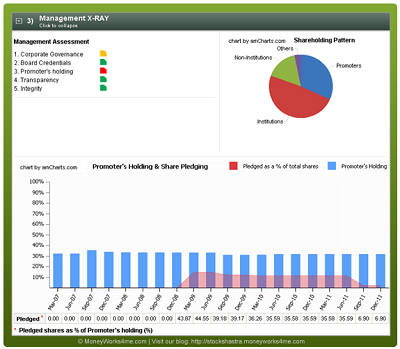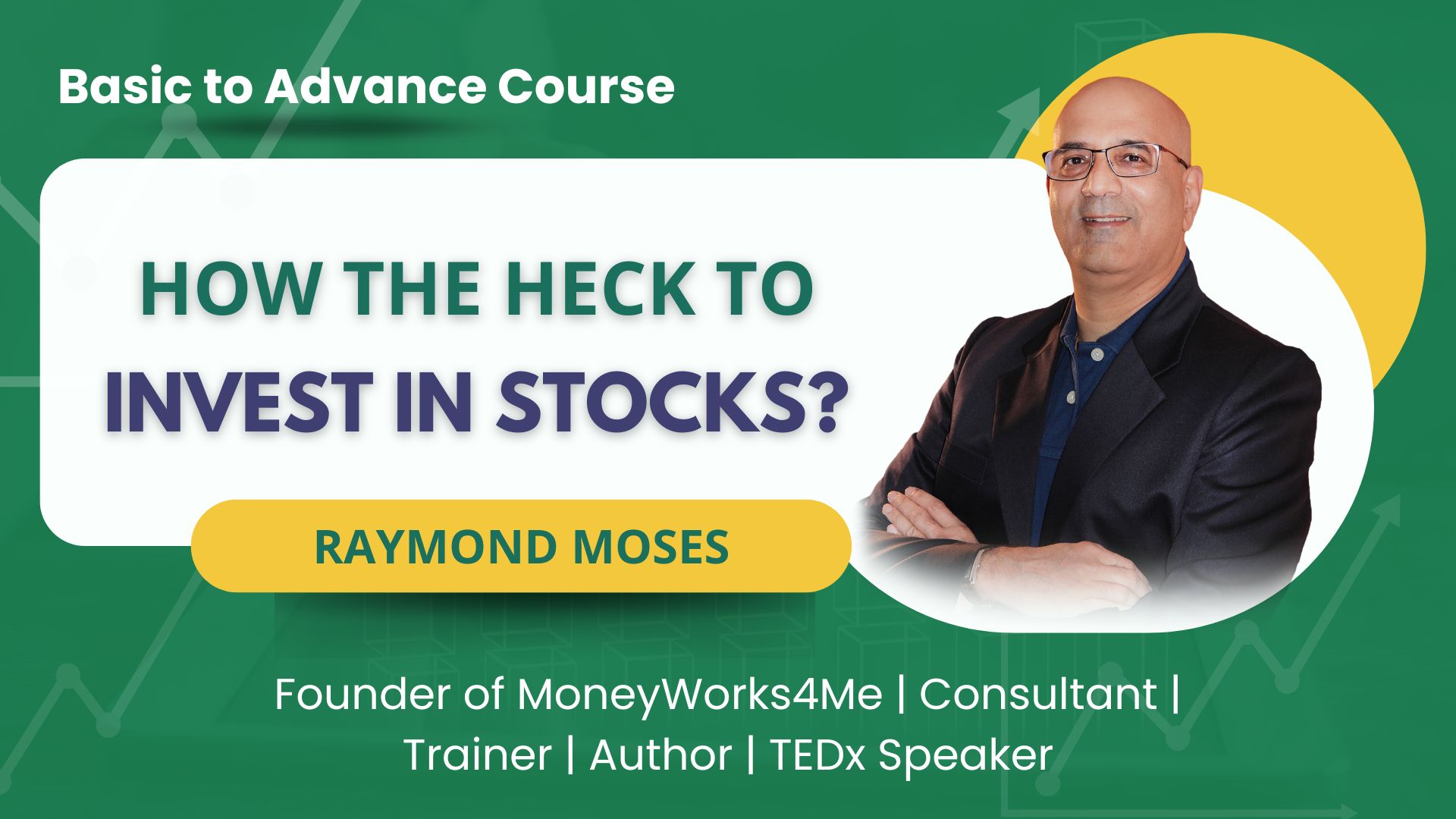‘’Siemens AG to increase stake in Indian arm’’, ‘’Vijay Mallya considering 49% stake sale in Whyte & Mackay’’. Very often newspapers carry such articles related to buying and selling of ownership stake in companies. Siemens AG increased stake in the Indian arm as a strategic investment to expand Indian operations thus creating a positive sentiment among investors. But, surely Vijay Mallya promoted United Spirits Ltd considering a stake sale in its subsidiary to pay off debt may not have been taken very well with the investors.
Hence, clearly promoters’ activities do create quite a buzz in the market. And when such news items affect the market price of the company, it becomes even more important for us as investors to study and deeply analyse promoters’ activities and their shareholding pattern.
So, what do we mean by tracking the promoters stake in a company?
Promoters are essentially the big boys of the companies, the ones with the biggest stakes and the most to lose. Promoters’ stake means the number of shares held by the promoters out of the total number of shares in the company. According to recent regulations, a minimum threshold level of public holding will be 25% for all listed companies. That means the promoters’ stake can be a maximum of 75%. Shadowing promoters moves then is a good way to figure out where the company is heading and whether the stock is likely to go up or down.
The main cue to look out for is whether these high holders are buying or selling their shares. Generally, if a promoter raises his stake, it is perceived that he is doing so as he has high confidence in the business and feels that the stock is significantly undervalued. But this may not always hold true!!
Let’s see how a high/increasing promoters stake may not always be good news..
Increasing stake to boost stock price - There are times when a promoter may simply buy more shares in a bid to boost the stock price which might be in the dumps. Buying into the stock therefore does not necessarily ensure that the business has good prospects and could leave you with a pittance in profits and an unnecessary addition to your portfolio eventually.
Buying the unsubscribed rights issue - If the company has floated a rights issue but its investors have not subscribed to it fully, then the promoters may buy the remaining shares themselves to save the issue, leading to increase in the promoters’ stake. Such an increase would mean nothing for the investors.
Relationship between high dividends and promoters’ stake – Companies distributing higher dividends are the most sought after, but at the same time are the ones under the scanner. Especially, where the promoters’ stake forms a larger pie of the shareholding. In such cases, promoters have been accused of enjoying higher gains when large dividends have been distributed. Though investors also get their share of dividends, the disadvantage here is that the stocks being illiquid due to high promoter holding could result in subdued capital gains.
In 2010, DNA carried an article, talking about a few companies with high promoters stake that distributed high dividends to benefit the promoters like Sun Pharma, Adani Group etc. Back in 2004, big IT companies like HCL Technologies and Wipro were in the news for paying high dividends in order to benefit the promoters. Both companies had very high promoter holdings.
Hence, when looking at companies with a high promoters’ stake always look at the amount of dividends distributed. There are chances you may see a direct co-relation there!!!
These are just few of the reasons why a higher promoters’ stake holding may not always be a thumbs-up. There could be others too. Let’s look at one such example:
In the case of Everonn Ltd, the promoters holding went up from 42% in Sep Qtr to 55% in Dec Quarter, but reason and effects of this rise were totally different than any cited above. But investing on this basis alone would give a rude shock to its investors. This is because, Everonn has been through tough times recently with its promoter being caught and jailed for income tax fraud and the subsequent management change. The increase in promoter holding is actually due to investment by the new foreign management and though the company has performed fundamentally well in the past, there is an uncertainty about the company’s performance in the future.
Also, if the stake is too high, the stock tends to become illiquid as the % for public trading is very low. Having said this, let’s look at the flip side of the coin i.e. a lower promoters’ stake.
While lower stake entails a lower confidence in the company, it also puts forward a case for hostile takeover. Should we put one line definition of hostile takeover? The recently brewing up hostile takeover battle between Mumbai-based Essel Group and Hyderabad-based infrastructure major IVRCL is a good example of this. Essel group has bought ~10% in IVRCL through open market operations. Another well-known example is the not-so-long-ago battle between EIH and ITC, where Mukesh Ambani led Reliance Inds. stepped in to buy a stake in EIH, thus preventing the hostile takeover.
But it may not be a reason to fret always. The selling of shares doesn’t necessarily spell a problem with the company. It could be due to a restructuring of holdings or issuance of new shares.
So, what could be the ideal promoter shareholding % that an investor can be happy about?
At MoneyWorks4me.com, we have a unique tool - Management X-RAY to analyse a company's management. As a part of this analysis we look at the promoters’ shareholding as a critical parameter. Here, we consider a holding of 35-65% to be ideal and a holding of less than 15% as a cause of concern.
We also believe pledging of shares is another factor that should be closely looked at while analyzing promoters’ shareholding.
That being said, it’s important to remember that investors can’t rely alone on promoters’ dealings. This was proved when a study was conducted by the ET Intelligence Group in 2011. Some of the top 500 companies in the Bombay Stock Exchange were studied along with promoters’ activities to further understand the trends and movements. In the end it was concluded that the behavior of the big boys and the performance of a company don’t always go hand in hand.
Investigating the motives behind the promoters’ actions, rather than simply aping them is a better way to go about this. Concluding, it makes sense for investors to lean on promoters for company clues, but it is best not to make any moves before digging deeper into the why’s of promoters’ decisions.
Already have an account? Log in
Want complete access
to this story?
Register Now For Free!
Also get more expert insights, QVPT ratings of 3500+ stocks, Stocks
Screener and much more on Registering.









 Download APP
Download APP






















Comment Your Thoughts: